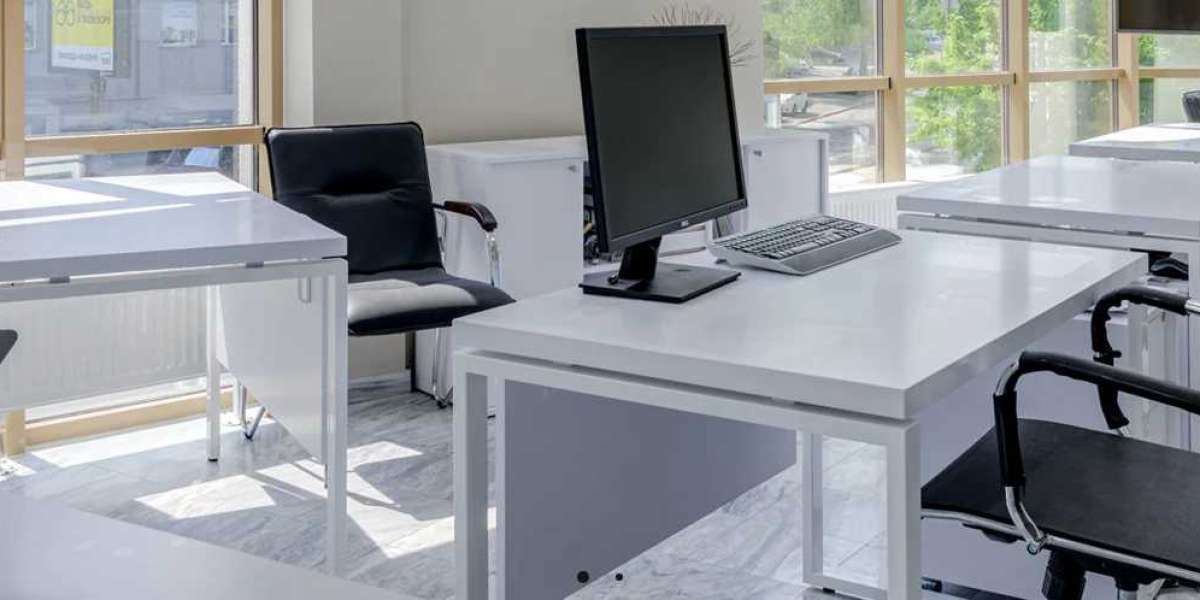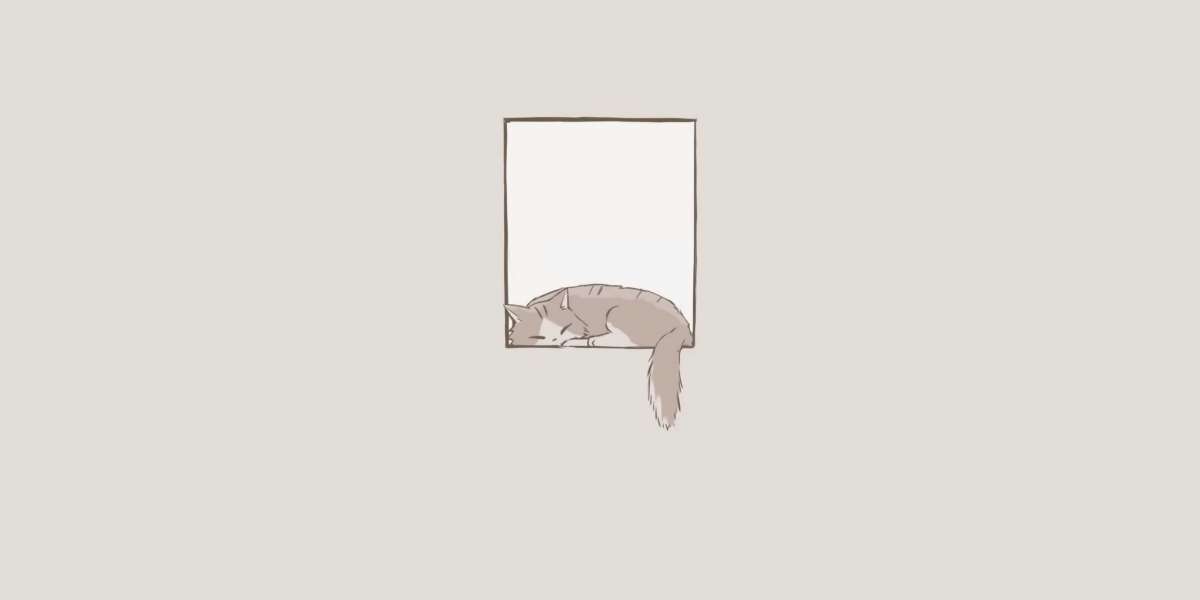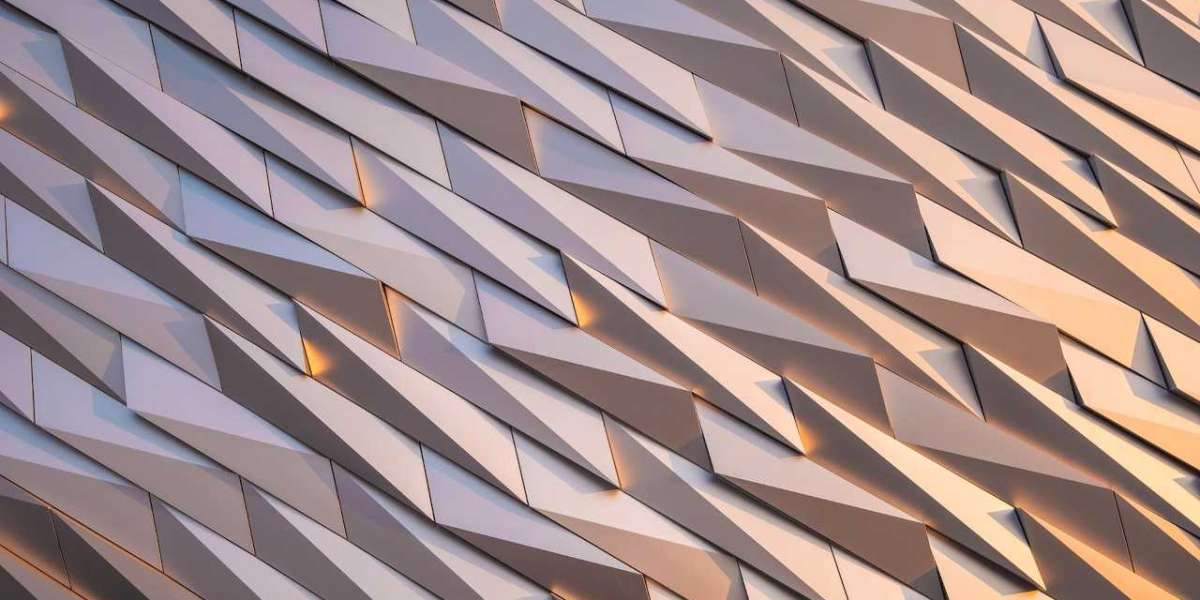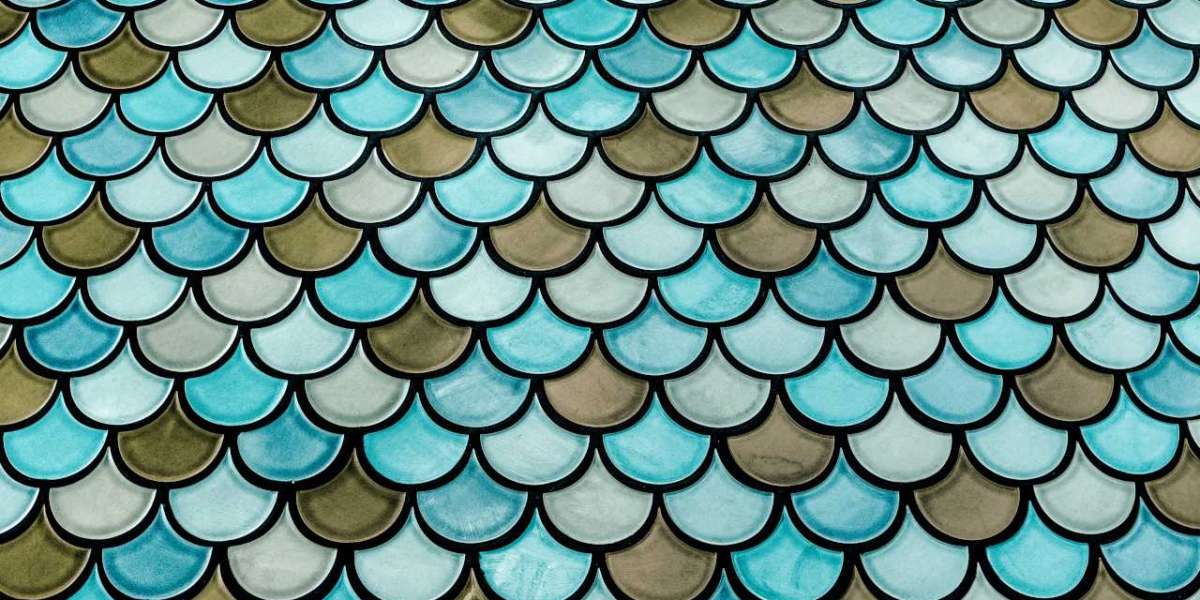Modern office tables are central to the evolving aesthetics and functionality of contemporary workspaces. They reflect the trends in design that prioritize minimalism, sustainability, and adaptability to new technology. Here’s an overview of the latest designs and trends in modern office tables:
1. Minimalist Designs
- Clean Lines and Simple Forms: Minimalist tables feature sleek, unembellished lines, focusing on functionality and simplicity.
- Neutral Colors: Predominantly in white, black, or natural wood tones, these tables fit seamlessly into various office environments.
- Materials: Often made with materials like glass, metal, and wood, offering durability while maintaining a streamlined look.
2. Ergonomic Tables
- Height Adjustability: Sit-stand desks that allow users to alternate between sitting and standing positions promote ergonomic health.
- User-Centric Design: Features like adjustable monitor arms, keyboard trays, and footrests enhance comfort and productivity.
- Examples:
- Uplift V2 Desk: A highly adjustable sit-stand desk with robust build quality and ergonomic features.
3. Sustainable Materials
- Eco-Friendly Options: Use of recycled or sustainable materials like bamboo, reclaimed wood, or recycled metals.
- Green Certifications: Products that are certified by organizations promoting sustainability and environmental responsibility.
- Examples:
- Fully Jarvis Bamboo Desk: Made from sustainably sourced bamboo, offering both style and environmental consciousness.
4. Multi-Functional Designs
- Convertible Tables: Desks that can be transformed into conference tables or dining surfaces.
- Integrated Storage: Tables with built-in storage solutions, such as drawers, shelves, or hidden compartments.
- Examples:
- Ikea Bekant Desk: Offers a flexible design with adjustable height and built-in cable management.
5. Smart Technology Integration
- Wireless Charging: Tables with integrated wireless charging pads for devices.
- Smart Desks: Equipped with IoT capabilities, including app-controlled features for lighting and height adjustments.
- Examples:
- Stir Kinetic Desk: Features touchscreen controls and connectivity with fitness apps to track movement.
6. Collaborative Workspaces
- Open Plan Designs: Tables designed for shared spaces, facilitating teamwork and communication.
- Modular Systems: Configurable tables that can be re-arranged to suit different team sizes and project needs.
- Examples:
- Herman Miller Groupwork: A modular system that supports collaborative work environments with customizable configurations.
7. Industrial Aesthetics
- Raw Materials: Use of exposed metals, reclaimed wood, and concrete for a rugged, industrial look.
- Bold Designs: Emphasis on sturdy construction and utilitarian forms that make a visual statement.
- Examples:
- Restoration Hardware’s Metal and Wood Tables: Blend industrial elements with modern functionality.
8. Compact and Space-Saving Solutions
- Foldable and Portable Options: Desks that can be easily folded or moved, ideal for small spaces or remote work setups.
- Corner and L-Shaped Desks: Maximize available space by fitting into corners and providing additional surface area.
- Examples:
- Origami Folding Desk: Lightweight and foldable, perfect for compact spaces.
9. Customizable Features
- Personalization Options: Tables that allow customization of size, color, and additional features to fit specific user needs.
- Interchangeable Parts: Elements like interchangeable legs or desktop surfaces provide flexibility in design.
- Examples:
- Ikea Bekant and Linnmon Series: Offer various customization options for size, color, and style.
10. Biophilic Design Elements
- Natural Aesthetics: Incorporating elements of nature, such as live-edge wood surfaces and plant integration.
- Stress Reduction: Designs aimed at improving well-being and reducing stress by connecting with natural elements.
- Examples:
- West Elm’s Reclaimed Wood Desks: Feature natural wood textures and live-edge designs.
Trends Influencing Modern Office Table Design
- Remote Work Adaptability: With the increase in remote work, there’s a trend toward creating flexible and adaptable home office solutions.
- Health and Wellness Focus: Ergonomic and height-adjustable designs are becoming standard to support worker health.
- Sustainability: A growing emphasis on eco-friendly materials and practices in manufacturing.
- Technological Integration: As technology advances, desks are incorporating more features to support digital workspaces.
Conclusion
Modern office tables are evolving to meet the demands of contemporary work environments, emphasizing adaptability, sustainability, and technology integration. By understanding the latest designs and trends, you can choose office tables that not only enhance your workspace aesthetically but also functionally support your work habits and lifestyle. Whether you need a compact desk for a small home office or a collaborative table for a team environment, the options are vast and varied to suit every need.







